14 Surprising Challenges Of Adopting A Stray Cat (And How To Handle Each One)
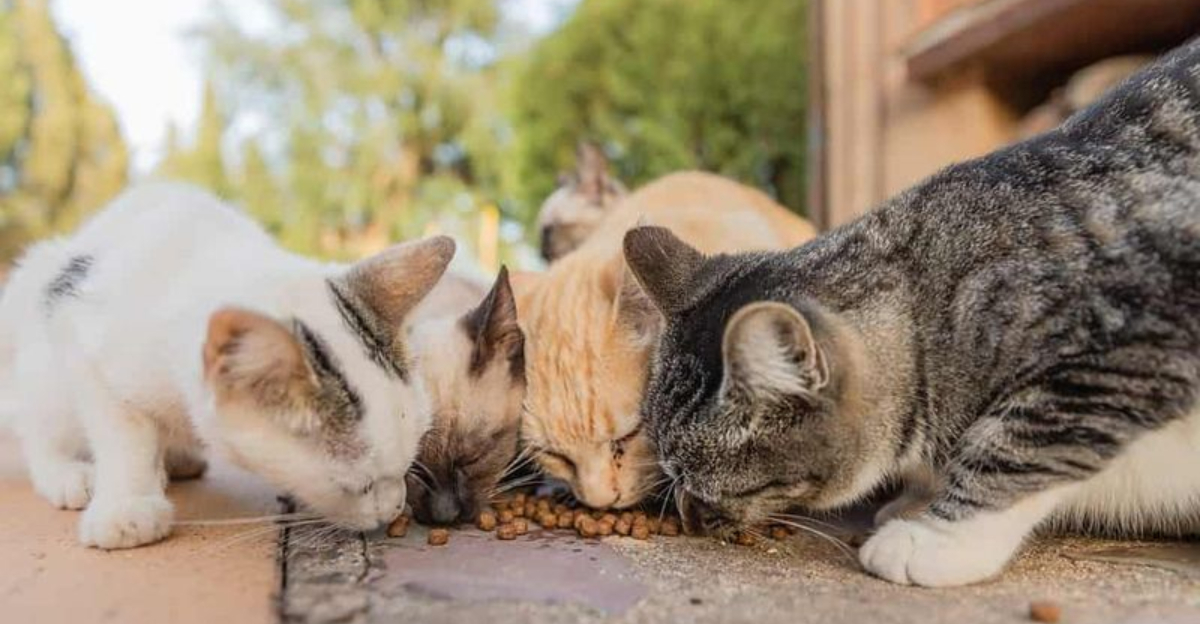
Bringing a stray cat into your home can be one of the most rewarding experiences, but it often comes with unexpected hurdles.
These formerly homeless felines bring their street-smart personalities and sometimes a bit of baggage too.
Whether it’s health issues, trust problems, or quirky behaviors, understanding these challenges beforehand can make your adoption journey smoother and more fulfilling for both you and your new furry friend.
1. Mystery Medical History
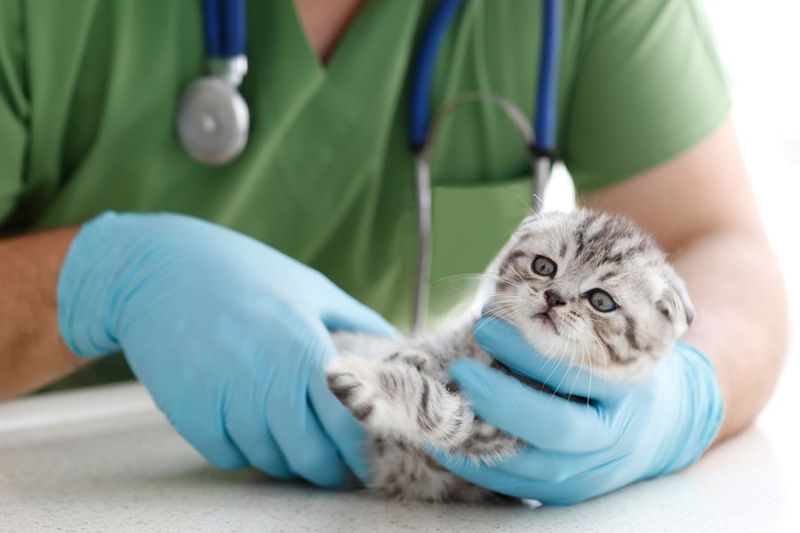
Your new feline friend arrives with no medical records or history. You’re starting from scratch! Schedule a complete veterinary exam immediately after adoption.
Your vet will check for common stray issues like parasites, FIV, and dental problems while establishing baseline health metrics. Consider pet insurance specifically designed for adopted strays, as they often cover pre-existing conditions that standard policies exclude.
2. Litter Box Rebellion
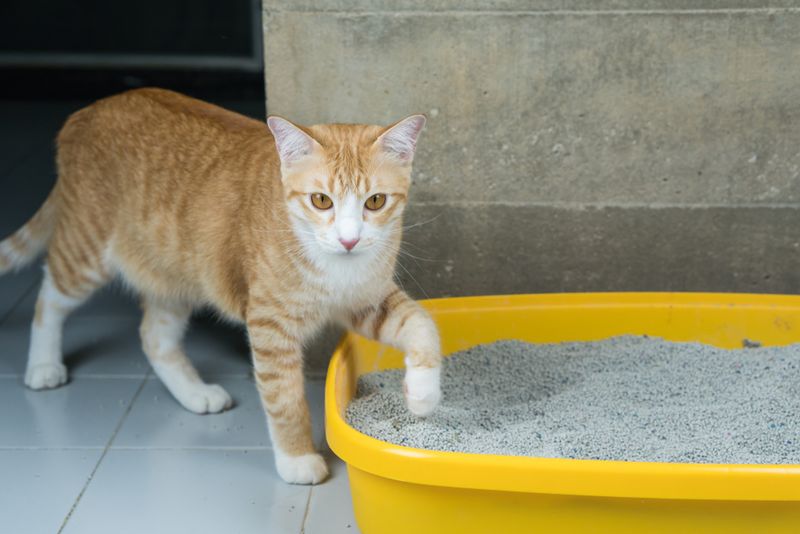
Street cats have never used traditional litter boxes. Some strays might prefer dirt, garden soil, or even carpet corners instead of your fancy litter.
Start with several litter box options using different materials. Plain, unscented clumping litter often works best for former outdoor cats accustomed to natural substrates. Place boxes in quiet, accessible locations and gradually transition to your preferred litter once they’ve established good habits.
3. Food Hoarding Behaviors

Finding kibble stashed under the couch? Strays who’ve experienced food scarcity often develop hoarding habits as a survival mechanism.
Feed small, regular meals on a consistent schedule rather than free-feeding. This reassures your cat that food will always be available. Don’t punish hoarding—it comes from insecurity. Instead, provide food puzzles that satisfy natural foraging instincts while controlling portions.
4. Nighttime Hyperactivity
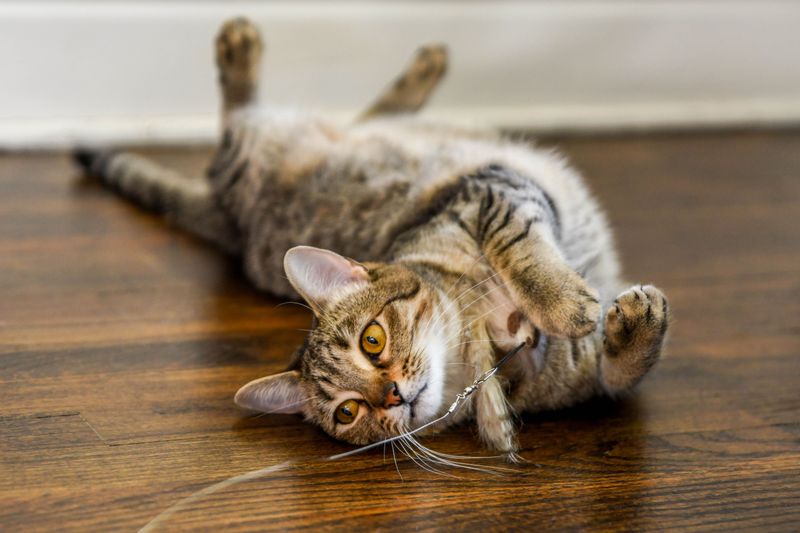
Your peaceful sleep is suddenly interrupted by a cat zooming around at 3 AM! Strays are naturally crepuscular, most active at dawn and dusk after years of hunting during these hours. Implement an evening play session with interactive toys to tire them out before bedtime.
Feed their main meal right before you sleep to trigger the natural rest cycle that follows eating. Blackout curtains can help reset their internal clock to match yours.
5. Territorial Spraying
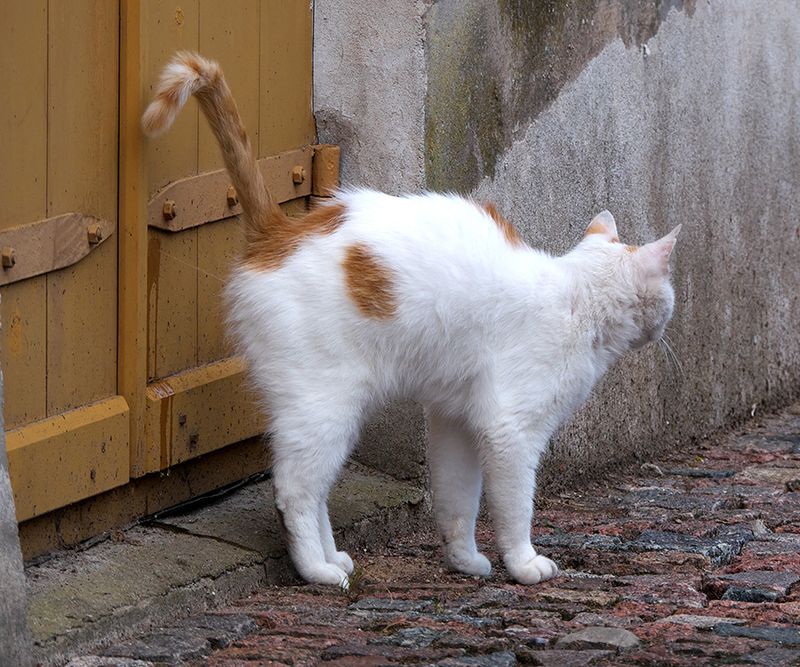
Even after neutering, some former strays mark their territory through urine spraying. This isn’t spite—it’s communication! Multiple cats in the home can trigger this behavior. Use Feliway diffusers that mimic calming feline pheromones to reduce anxiety-based marking.
Clean marked areas thoroughly with enzymatic cleaners that completely eliminate odors, not just mask them. Conventional cleaners can actually encourage remarking.
6. Outdoor Escape Artists

Many former street cats become masters of door-dashing and window-screen destruction in their quest for freedom. Create a transitional period using a secure outdoor enclosure or catio that satisfies outdoor cravings while maintaining safety.
Some cats adapt well to harness training for supervised adventures. Install screen protectors and consider baby gates at entry points to create buffer zones that prevent quick escapes.
7. Aggression Toward Other Pets

Your sweet rescue suddenly transforms into a hissing terror when your other pets appear. Strays often developed defensive behaviors for survival.
Use the scent-swapping technique before face-to-face introductions. Exchange bedding between pets so they become familiar with each other’s smell without the stress of direct contact.
Create positive associations by feeding treats on opposite sides of a door before gradual, supervised meetings in neutral territory.
8. Human Touch Aversion
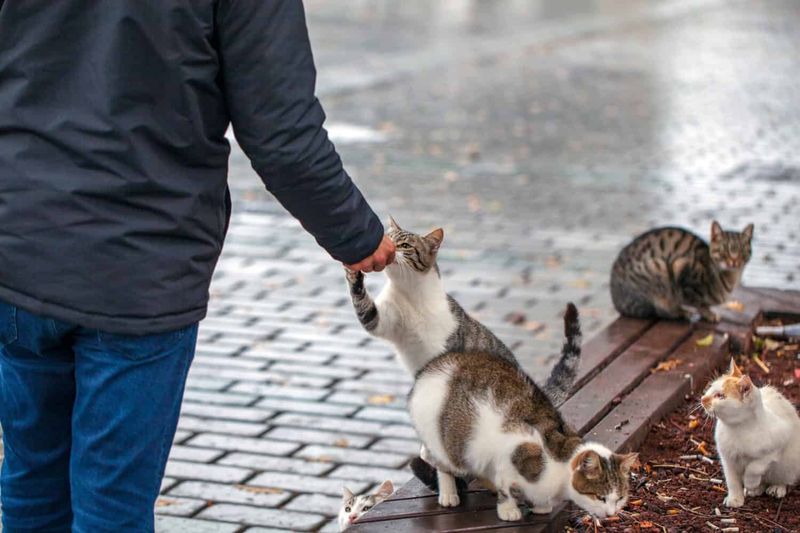
Many strays flinch or hide when you reach toward them. This reaction stems from either lack of socialization or negative human experiences. Let your cat set the pace for physical contact. Start with indirect interaction using wand toys that allow play without handling.
Try offering treats from your hand without petting attempts. Over time, brief touches paired with treats create positive associations, gradually extending contact duration as trust builds.
9. Unexpected Dietary Reactions
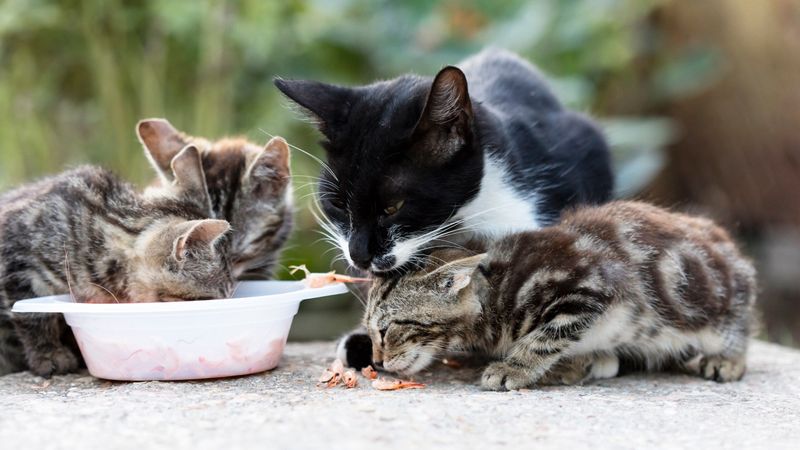
After surviving on whatever they could find, many strays develop sensitive stomachs or food allergies that manifest once they’re on regular diets. Introduce new foods gradually, mixing small amounts with familiar options.
Watch for symptoms like vomiting, diarrhea, or excessive grooming that might indicate food sensitivities. Consider a limited-ingredient diet if problems persist, and consult your vet about potential elimination diets to identify specific triggers.
10. Furniture Destruction Instincts
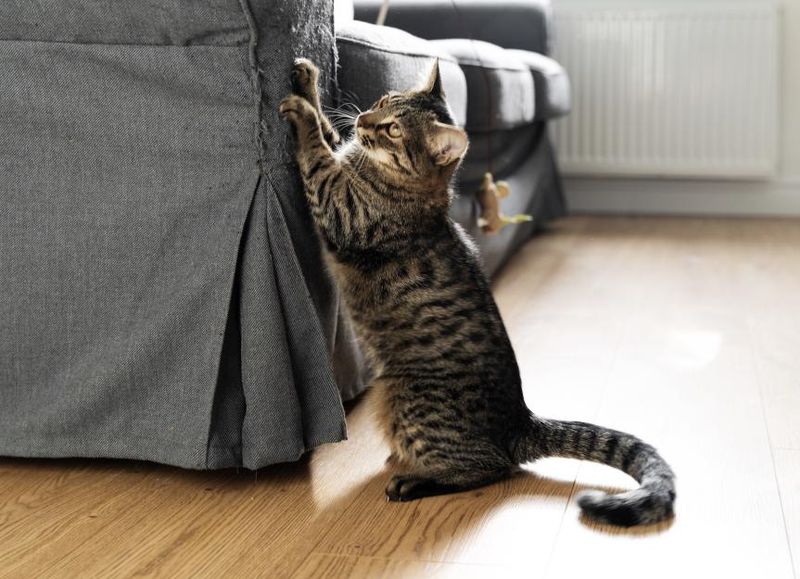
Your sofa becomes their favorite scratching post! Strays used their claws constantly for climbing, hunting, and self-defense—habits that don’t disappear indoors. Place multiple scratching surfaces with different textures throughout your home.
Vertical posts, horizontal pads, and cardboard scratchers offer variety that appeals to different scratching preferences. Apply catnip or silvervine to appropriate scratching surfaces while temporarily covering furniture with double-sided tape.
11. Hiding For Days

Your new cat vanishes into thin air, sometimes hiding so well you wonder if they’ve somehow escaped! This disappearing act stems from self-preservation instincts. Create dedicated safe spaces with cozy beds inside cardboard boxes or covered cat furniture.
Place these retreats in quiet areas away from household traffic. Don’t force interaction during hiding phases. Instead, sit quietly nearby, speaking softly while offering high-value treats to encourage voluntary emergence.
12. Unpredictable Fear Triggers
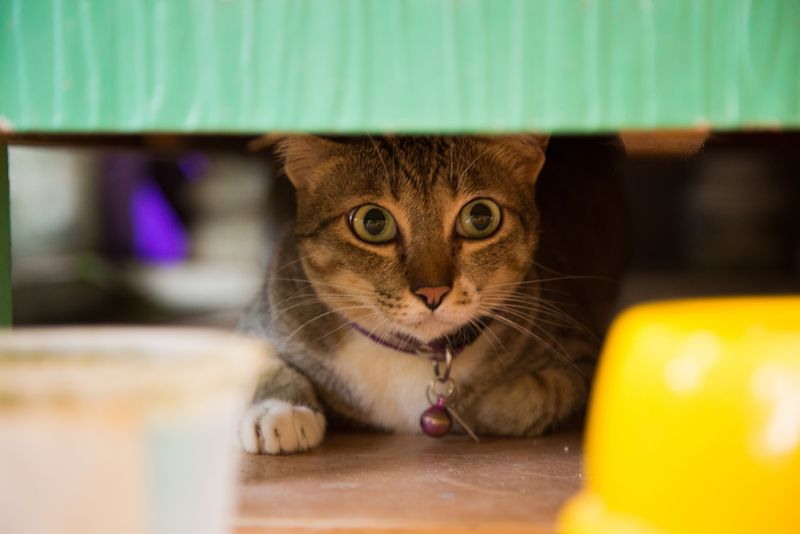
Everyday objects like brooms, plastic bags, or certain sounds can trigger extreme panic in former strays. These reactions connect to specific traumatic experiences from their past. Maintain a consistent environment initially, introducing new items gradually.
Pay attention to what causes fear responses and respect these boundaries. Use counter-conditioning by pairing feared objects with positive experiences from a safe distance, slowly decreasing that distance as comfort increases.
13. Unusual Sleeping Patterns

Finding your cat sleeping in bizarre locations like inside cabinets or on top of refrigerators? Strays developed habits of sleeping in hidden, elevated spots for protection. Create appealing alternatives by placing soft beds in high locations like shelves or cat trees.
These satisfy their need for height while providing comfort. Some cats prefer enclosed sleeping spaces that mimic the security of their former hiding spots. Cat caves or covered beds often become favorites.
14. Resource Guarding Tendencies

Your normally sweet cat suddenly growls when you approach their food bowl or favorite toy. This protective behavior developed when they had to defend limited resources on the streets. Never punish guarding behaviors—this confirms their fear that resources might be taken.
Instead, create abundance by providing multiple feeding stations, toys, and beds. For severe cases, practice approaching their resources while tossing additional treats nearby, creating positive associations with your presence.






